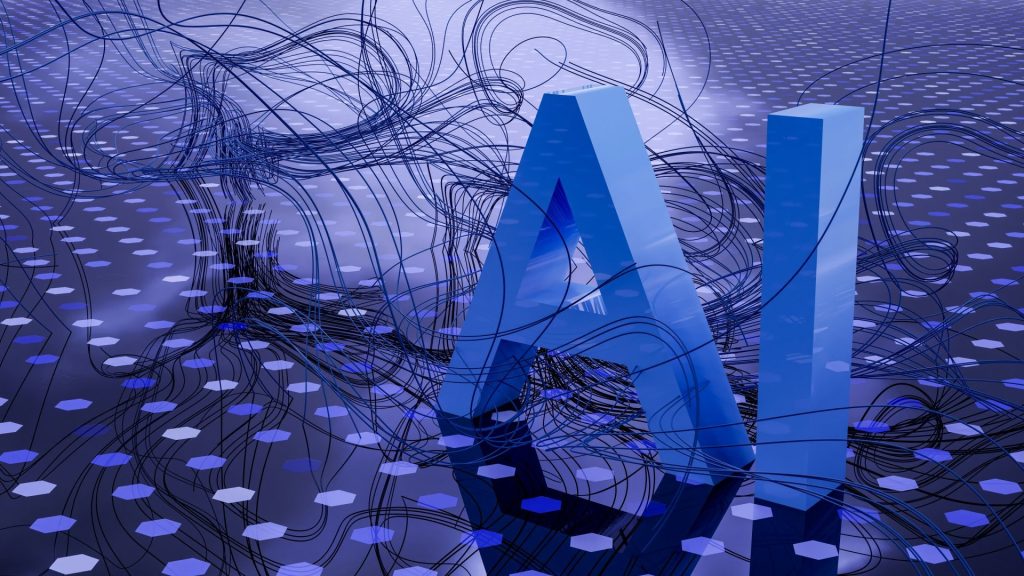How Humans Compete with Machines in Real-Time Environments – Daily Business

In the rapidly evolving landscape of technology, artificial intelligence (AI) has increasingly been integrated into real-time environments. From gaming to robotics and autonomous driving, AI is setting new benchmarks for speed and efficiency. But how do humans stack up against these machines when it comes to reaction time? In this article, we will explore how human reaction time compares with that of machines, the role of AI in enhancing human performance, and how this affects various sectors, including esports and beyond. AI is enabling machines to surpass human capabilities in many real-time applications, raising the question of whether there will ever be a point where human reaction time can truly compete with machines in tasks that require split-second decisions.


Human Reaction Time: The Basics
Human reaction time is a crucial factor in many real-time scenarios, including sports, gaming, and even driving. It refers to the time it takes for a person to respond to a stimulus, such as a light, sound, or object. This time can vary based on age, experience, and even stress levels. On average, the reaction time for a human is about 200 to 250 milliseconds. While this may seem fast, it is significantly slower compared to machines equipped with AI. A critical aspect to consider is that human reaction time can be influenced by numerous external factors such as fatigue, distractions, and even psychological states, which makes it unpredictable in some environments.
Additionally, humans rely on cognitive processes to make decisions in high-pressure situations, whereas machines with AI can process data without emotional interference. This allows AI to perform in real-time applications with consistent efficiency, unlike humans whose reaction time can vary depending on various mental and physical states. While humans have remarkable abilities to adapt and improve their reaction times through training and experience, AI’s consistency in performance remains a key advantage.
How AI Enhances Reaction Time
AI has the unique ability to process information almost instantaneously, making its reaction times far superior to that of humans. Machines powered by AI, particularly in high-speed applications like gaming, are able to detect patterns, predict actions, and react in milliseconds. This speed allows AI to outperform humans in competitive environments where split-second decisions are crucial. Unlike human players, who may experience cognitive overload or fatigue, AI algorithms can sustain optimal performance without degradation over time.
One notable example is the realm of esports, where players rely on lightning-fast reflexes to secure victories. In this context, AI has been implemented in training tools and game strategies. AI-driven systems can analyze gameplay and offer advice on improving reaction times, such as pinpointing areas where a player can adjust their movements or anticipate enemy actions more accurately. Additionally, some csgo gambling sites use AI algorithms to predict outcomes based on player data, giving an edge to both players and bettors alike. The data-driven approach not only boosts competitive gaming but also provides insights that can revolutionize how players prepare for tournaments or casual matches, enhancing their overall gaming experience.
AI in Competitive Gaming
In competitive gaming, AI plays an essential role in improving both player performance and overall gameplay experience. Games like Counter-Strike, where every millisecond counts, rely heavily on the skill of human players to make critical decisions in real-time. However, AI is increasingly being used to train players by simulating real-world scenarios and challenging them to react faster and more efficiently. Advanced AI systems can also analyze player behaviors and suggest improvements, further bridging the gap between human capabilities and machine performance.
Furthermore, AI is becoming an integral part of gaming environments. AI-powered bots, such as those used in training modes or as opponents in single-player games, can replicate human-like behavior, offering an ideal practice platform. These bots can adjust their difficulty based on the player’s skill level, offering a constant challenge to improve reaction time and strategic thinking. As AI continues to advance, these bots are becoming increasingly difficult to differentiate from real players, creating a more immersive training experience. This integration of AI-driven tools has also extended to esports betting, where AI-powered predictions are shaping how fans engage with games on platforms such as csgo gambling sites, influencing not just gameplay but the broader betting market as well.
Applications of AI in Real-Time Environments
Beyond gaming, AI is utilized in various industries to assist humans in real-time environments. In autonomous vehicles, AI systems must make split-second decisions to avoid accidents and ensure safety. Similarly, AI is revolutionizing sports, where it is used to enhance player performance, analyze strategies, and even predict the outcomes of games. AI in healthcare has the potential to diagnose diseases faster than a human doctor, saving critical time in emergencies. In each of these fields, AI’s ability to react without hesitation and process vast amounts of data in real-time is transforming the way industries function.
In all these areas, the efficiency of AI in reaction time is pushing human limits, challenging us to adapt and innovate in ways we never imagined before. The competition between human reaction time and AI could lead to new breakthroughs in how we interact with technology. As AI systems become increasingly sophisticated, they are expected to complement human abilities rather than replace them, opening up new possibilities for collaboration and innovation in real-time environments.
Conclusion
In conclusion, while human reaction time has its limitations, AI is setting new standards for what is possible in real-time environments. Whether in gaming, autonomous driving, or healthcare, the synergy between human speed and machine efficiency is creating opportunities for both competition and collaboration. As AI continues to evolve, it will be fascinating to see how humans and machines compete and cooperate to push the boundaries of what’s achievable in real-time environments. The future of AI in high-speed environments offers endless potential for improving not only performance but also safety and precision across various industries.
#Humans #Compete #Machines #RealTime #Environments #Daily #Business




